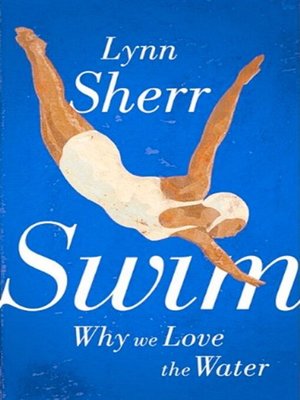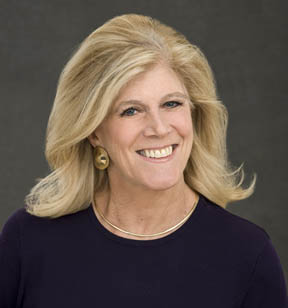
Swimming and dreaming were becoming indistinguishable. “I started to dream ever more exclusively of water. It was on the Outdoor Swimming Society’s website that I learned about Kate Rew’s Wild Swim, Jenny Landreth’s Swell: A Waterbiography, Ruth Fitzmaurice’s I Found My Tribe, Joe Minihane’s Floating: A Life Regained, and Alexandra Heminsley’s Leap In: A Woman, Some Waves and the Will to Swim. Was there anything left for me to write about?Īnd then I discovered the Outdoor Swimming Society and realized that there were plenty more memoirs and guides to “wild swimming”-the ancient but now wildly popular practice of swimming in oceans, lakes, rivers, and other “wild” water. Each of these books was written by a swimmer, a woman, and combined a personal narrative with a broader story about various aspects of the swimming culture. And then there was Lynn Sherr’s Swim: Why We Love the Waterand Lisa Congdon’s The Joy of Swimming: A Celebration of Our Love for Getting in the Water. Wrong direction! And then I read Leanne Shapton’s Swimming Studies, a beautifully written and dreamy reflection on competitive and recreational swimming, water, life, love, complete with her own artwork and photos of her vintage bathing suit collection. I first read Lynne Cox’s classic Swimming to Antarctica. My swimming skills needed improvement I spent more time swimming laps at the YMCA pool and reading reading reading until late spring when the water warms up enough to swim without a wetsuit. My twist on “The Swimmer” was to swim in lakes, not in pools, and write a personal narrative/ natural-history/social history of the lakes I swam in.

The story stuck with me as it tends to do if your idea of bliss is to spend an entire summer taking a long walk across your county via your neighbor’s pools (minus the tragic life of the lead character). Years ago I had read “The Swimmer,” the 1964 short story by John Cheever and then later watched the movie version starring Burt Lancaster.


Last fall I decided to start a book about swimming across Washington, lake by lake, with hiking and biking and bussing in between. With a title like that, was there anything left for me to write about? It turns out the sky’s the limit when it comes to writing about clouds, but I had to work hard (over 8 years!) to discover fresh, new territory and to approach the clouds from a different angle (hence the sidewayslook at clouds). That book was the charming and encyclopedic Cloudspotter’s Guide: The Science, History, and Culture of Clouds, by Gavin-Pretor Pinney. When I wrote A Sideways Look at Clouds, there was only one book that was at all similar to the book I had in mind to write. Before starting any new book project, I like to find out what’s already out there on my chosen topic.


 0 kommentar(er)
0 kommentar(er)
